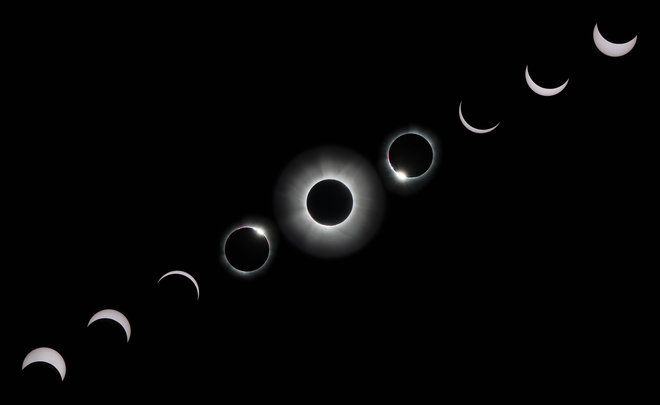
Did you know that a total solar eclipse is coming up on April 8, 2024?
This one is primarily visible from North America; you can find more information about where to see it (and if it’ll be visible from your location) over here on TimeAndDate.com.
I was planning to travel to “totality” myself, but those plans fell through because I couldn’t get the time off work. Nevertheless, I’ll be helping out at a viewing event up north of Joshua Tree National Park!
In this post, I’ll take you through what you’ll see during a total solar eclipse–and, at each phase, I’ll let you know exactly how to safely view the sun!
(Later this week, we’ll be back to our regularly scheduled programming on active galaxies.)
Important: Always use solar glasses and solar filters that conform to the safety standard ISO 12312-2. Be careful! There are bad actors on the market that print this standard on unsafe equipment. Use this list of trustworthy suppliers from the American Astronomical Society.
Continue reading